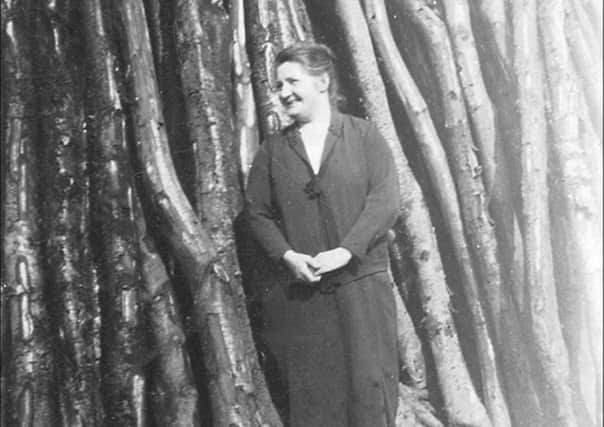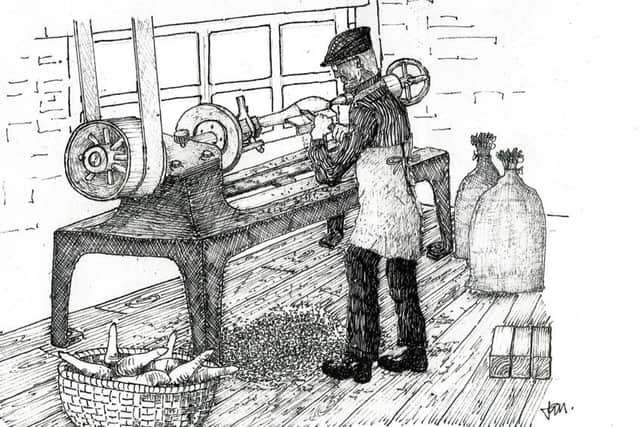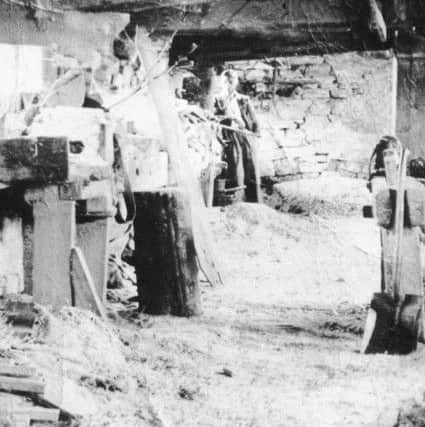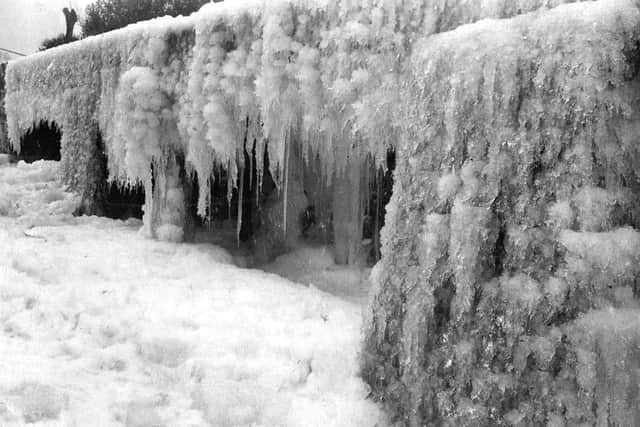Lancaster nostalgia: Bobbin Mill


This mill was a long, low building built of stone.
The rear of the building was supported on stone pillars; this space used as a drying shed for the coppice timber.
William Birkett Dixon was the last wood turner to run the Bobbin Mill. During the 1930s, the mill ended the manufacture of bobbins and began making brush heads and handles. The Bobbin Mill finally ceased production in the early 1940s and the contents of the mill were put up for auction circa 1945-46.


Advertisement
Hide AdAdvertisement
Hide AdMary Ann Cissie Dixon was married to the proprietor of the Bobbin Mill, William Birkett Dixon (son of Hannah and Edward Dixon).
She is photographed here standing with a stack of coppice wood poles. These were stored upright in the drying shed for upwards of a year before being made into bobbins, brush heads and rolling pins.
It became a popular tradition that when local girls were married, they received a rolling pin form the mill.
The wood turners were a popular feature in the mill, pictured in the drawing.


Advertisement
Hide AdAdvertisement
Hide AdOn the left of the wood turner is a swill basket containing completed brush heads, these were used in bobbin mills all over the north west, another use was for potato picking. These oak baskets were made in their thousands in Wray village and the Lake District. On the right of the turner are sacks of waste turnings, these were always in demand for use as poultry litter.
Another picture shows inside the Bobbin Mill, Millhouses, near Wray in the 1920s. The young man pictured here is Roy Dixon, son of William Birkett Dixon, who held the tenancy for the mill at this time.
Roy never went into the wood turning business; he trained as a plumber, working in Wray for the majority of his life.
Another picture shows the Millhouses in February 1929. The first during the winter of 1929 was so severe that the river Hindburn and the Mill Race froze over. Production at the mil was forced to cease for almost four weeks.


Advertisement
Hide AdAdvertisement
Hide AdToday very little of the Bobbin Mill remains, two of the stone pillars that supported the timber launder are still standing, also the tail race is still taking a certain amount of water into the river Hindburn. I have also found parts of the wheel that worked the turbine with the name Gilks still intact.